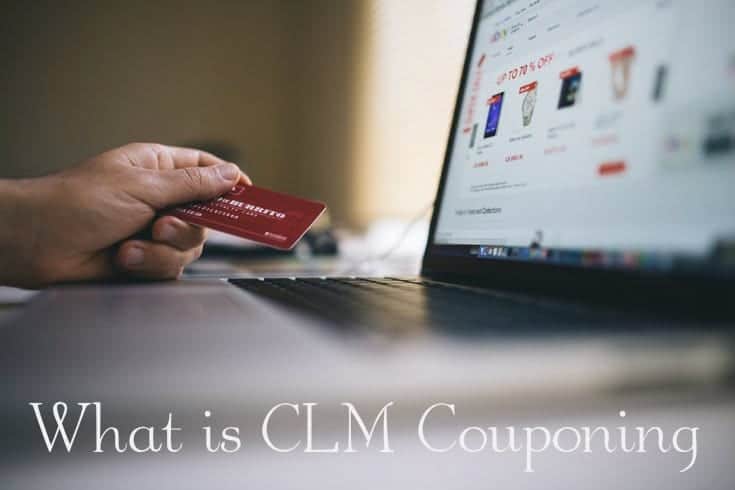If you are doing online banking, then you have probably already heard of or seen various examples of CLM (Credit Link Marketing).
But most people do not understand what CLM is and how it works.
Here UK voucher site Wikigains explains what CLM Couponing is and what it involves.
What exactly is CLM?
Credit Link Marketing is a method through which banks or credit companies keep purchase records made by their clients using credit or debit cards.
Using software developed by marketing firms, a bank or credit company will build a history of services or products their clients tend to purchase; that is, they’ll create a profile of a customer’s most frequent purchases.
When the customer accesses their bank account through the internet, they will be presented with coupons and related deals on their online banking statements. CLM is said to be one of the best ways to save money when shopping.
For instance, if you buy dog food online and pay with your debit card, CLM will figure out that you’ll probably be interested in dog or pet products and services.
So the next time you access your bank statement, you’ll see suitable offers like coupons for dog food. Banks and advertisers have to sign up to CLM to use its services.
The Advantages of Credit Link Market Couponing
CLM targets the right customer. “Unlike merchants who use aggregate demographic data when finding the right people to reach through coupon distribution in such hard-copy publications as newspapers, by looking at your purchase history, CLM knows the products an individual will most likely purchase” says Alex Papaconstantinou of Wikigains.com.
While it is just another way of targeting an audience and delivering coupons, CLM can help businesses reach the right customers with their coupons.
Also, rather than sending coupons to a customer’s quarterly or monthly paper bank statement, so that they have to cut out the paper coupon, Credit Link Marketing will apply the coupons directly on their credit card. This often makes it very easy for customers to take advantage of offers given.
The Downsides to CLM Couponing
While CLM is an innovative and effective marketing strategy, it is struggling to gain substantial traction among customers and business.
A poll conducted by creditcards.com revealed that more consumers were twenty times more likely to use hard copy coupons than the card-linked ones. Again, not so many people are aware of CLM.
CLM involves sending out time-based limited offers that mostly only applicable at shops that a consumer does not frequent.
You realize that however frequently a customer purchases a product; they tend to purchase it from the same shop. Therefore, sending them discounts from a different retailer might not work.
Again, often, CLM does not link a customer to stores existing within their areas. For instance, if a customer purchases kids’ clothes using their debit card, they’ll see a coupon for, say, a Disney store when they check their bank statement.
If the customer lives in New York, for instance, then they may use the coupon, but if they are living in a place like Nebraska, the coupon won’t be helpful since there might not be a Disney store around.
Also, in most cases, the discounts are offered when the customer doesn’t need them. For example, for CLM to understand that you might be interested in car insurance, you must have already purchased your auto insurance online with your card, and you no longer need insurance until, perhaps, after a year.
A number of customers have expressed privacy concerns. “Therefore, while it is a great idea to target consumers, some businesses may be better served by conventional couponing methods” Alex from Wikigains believes.







